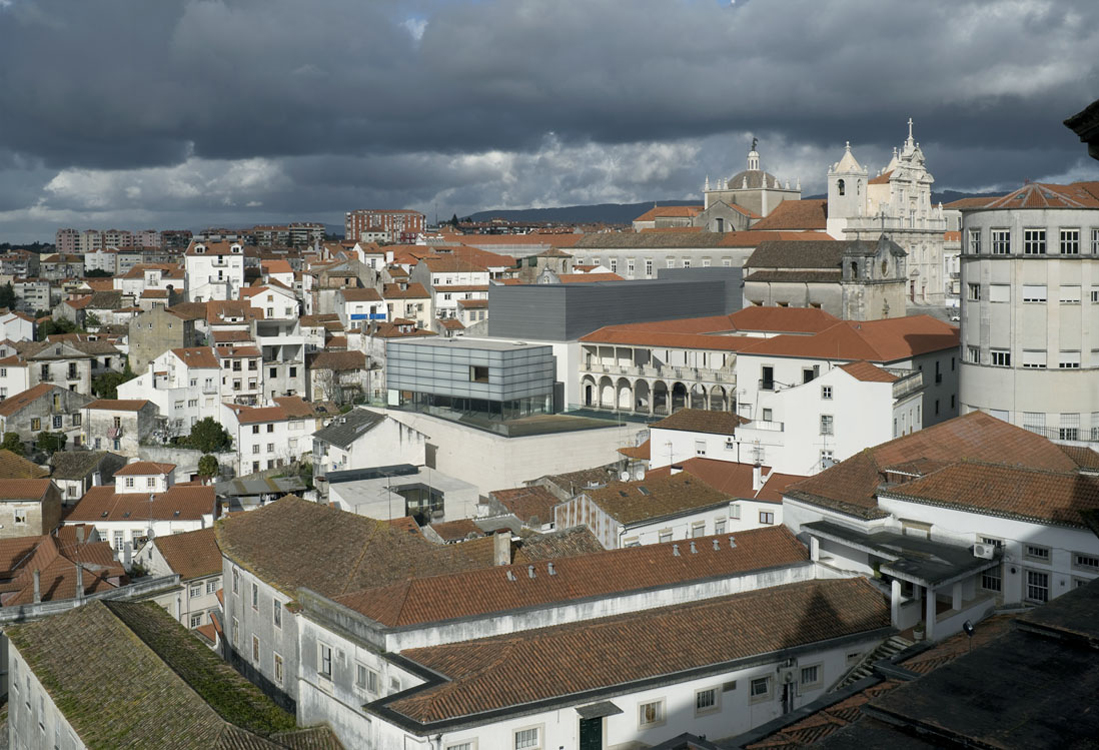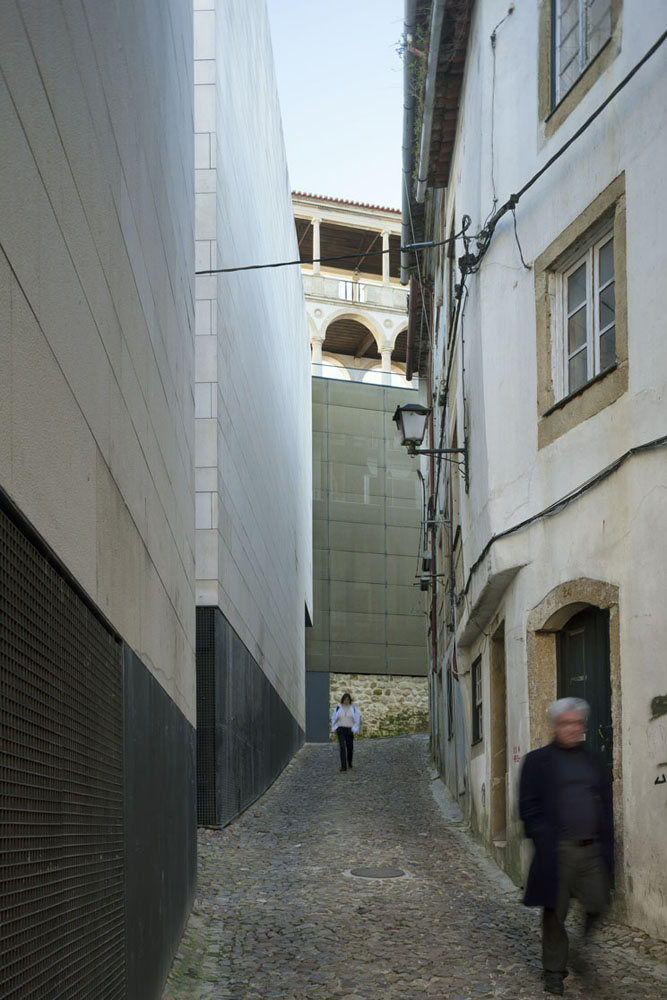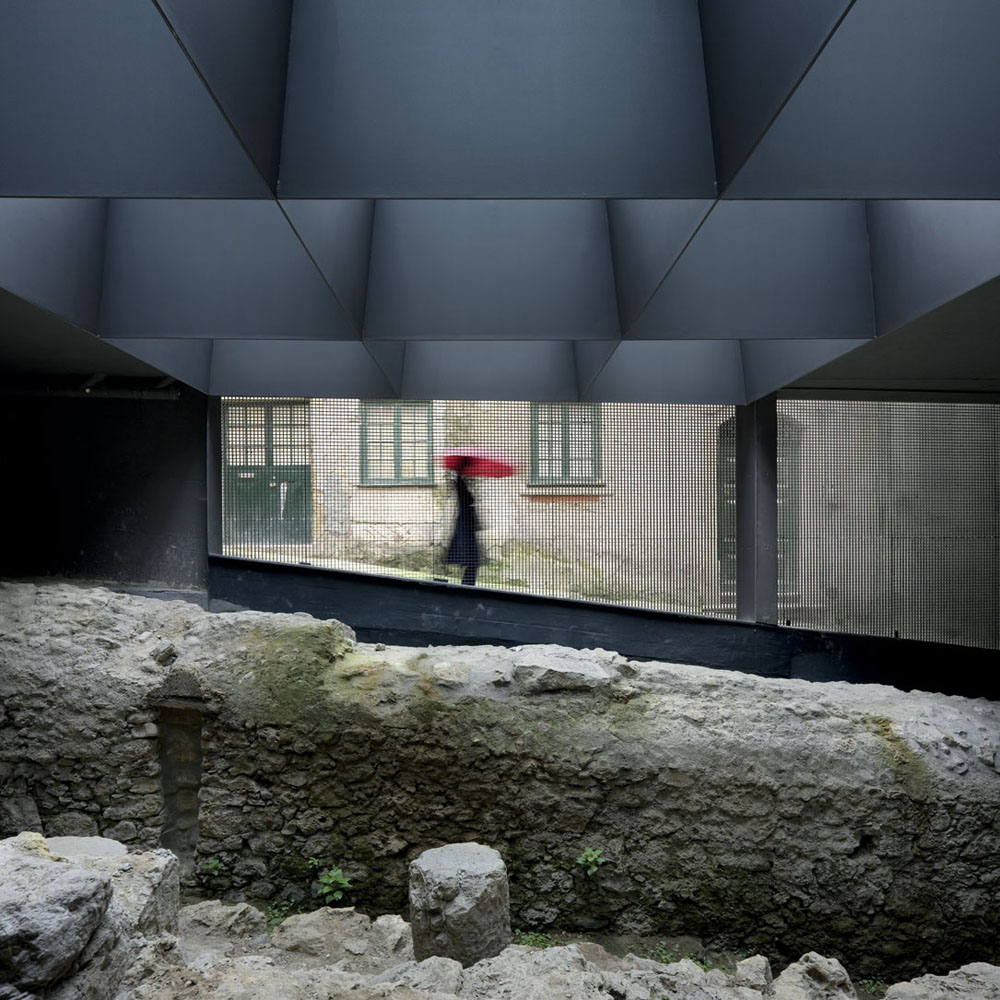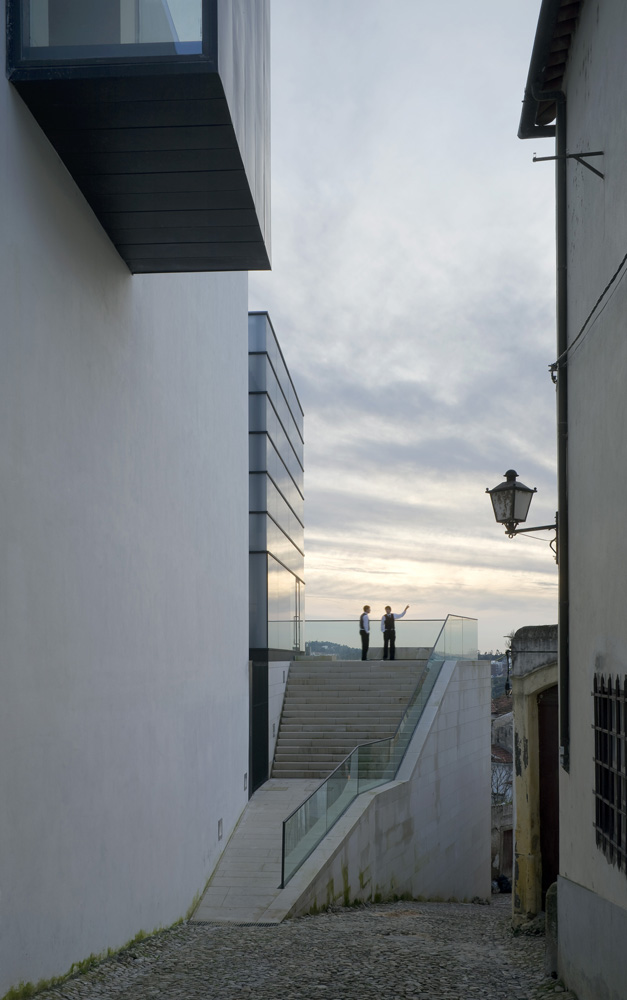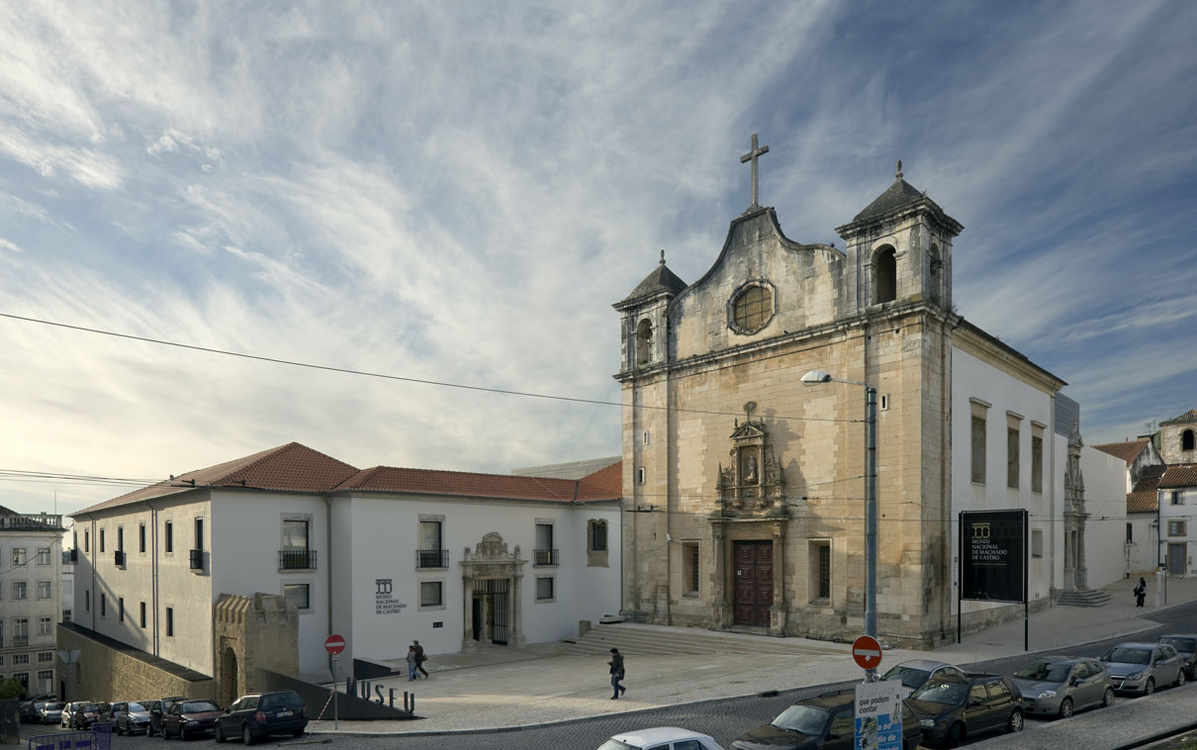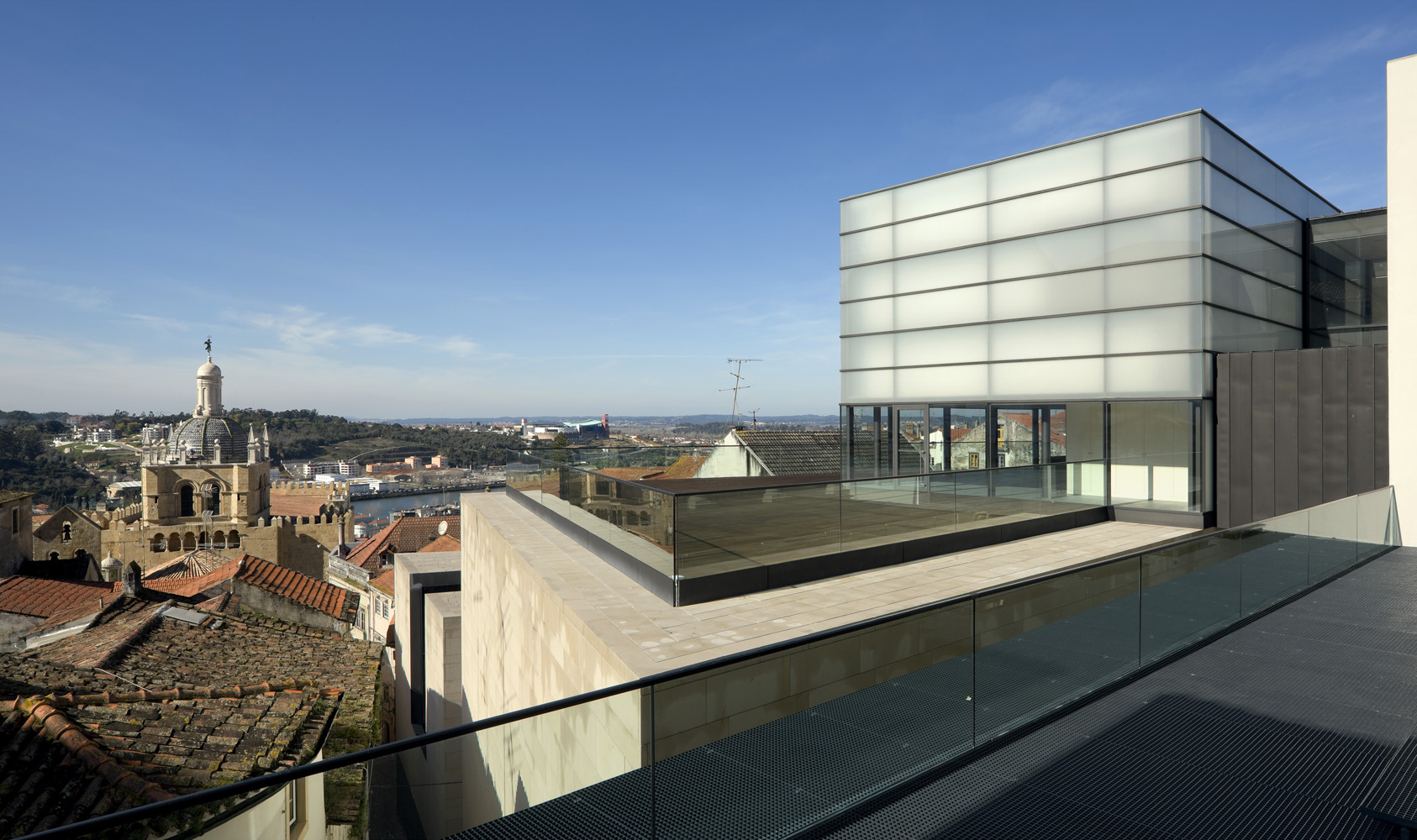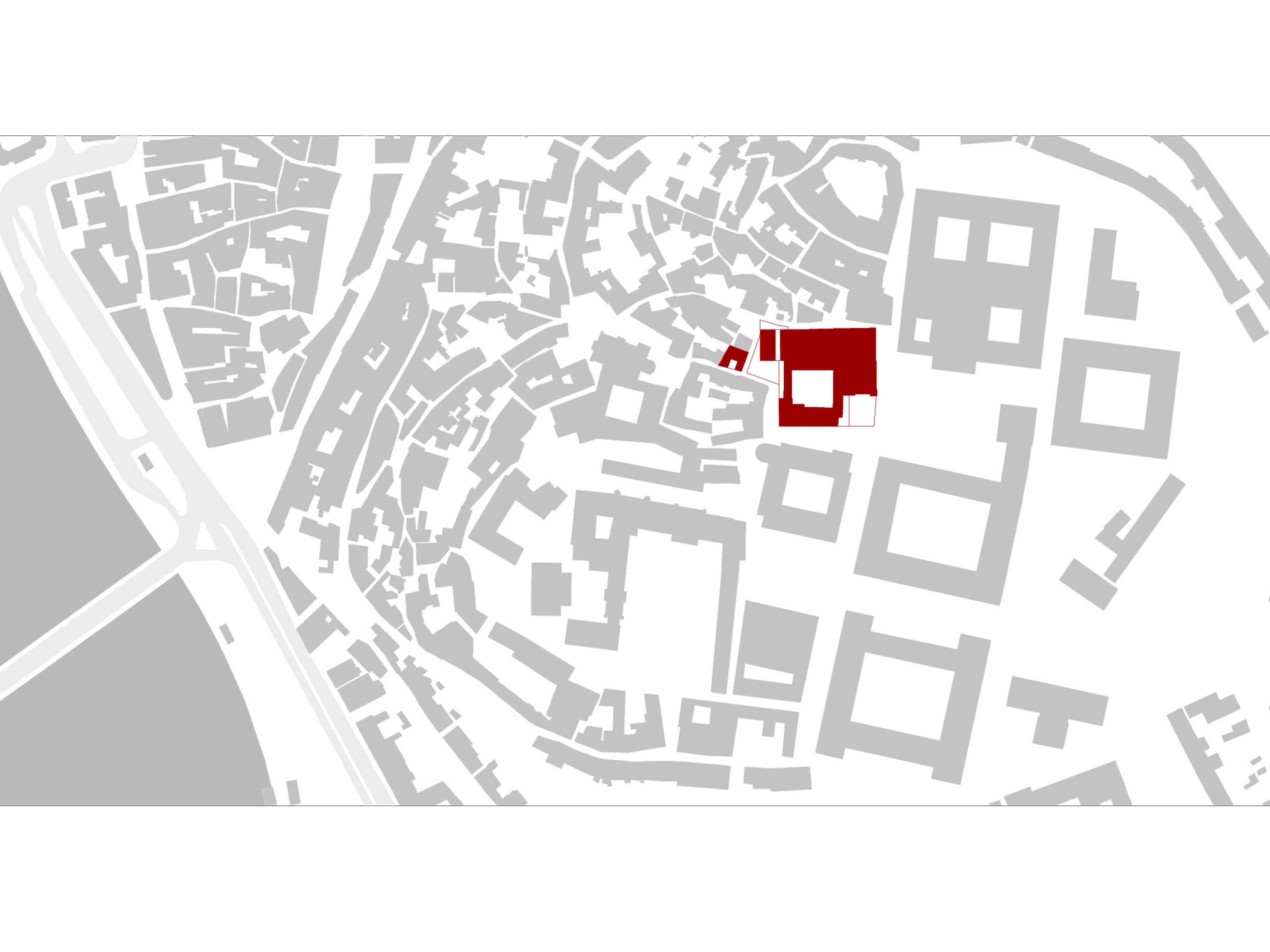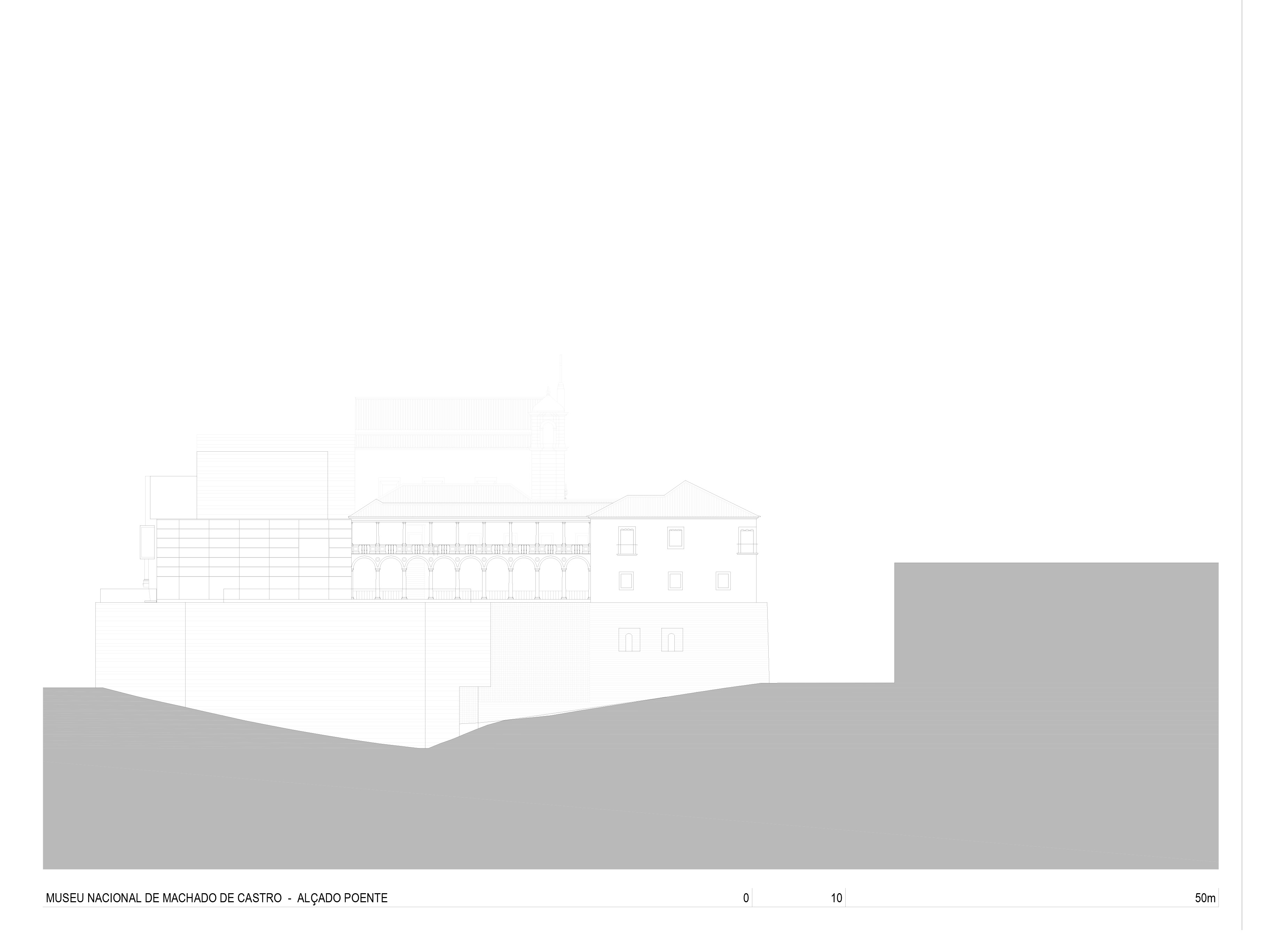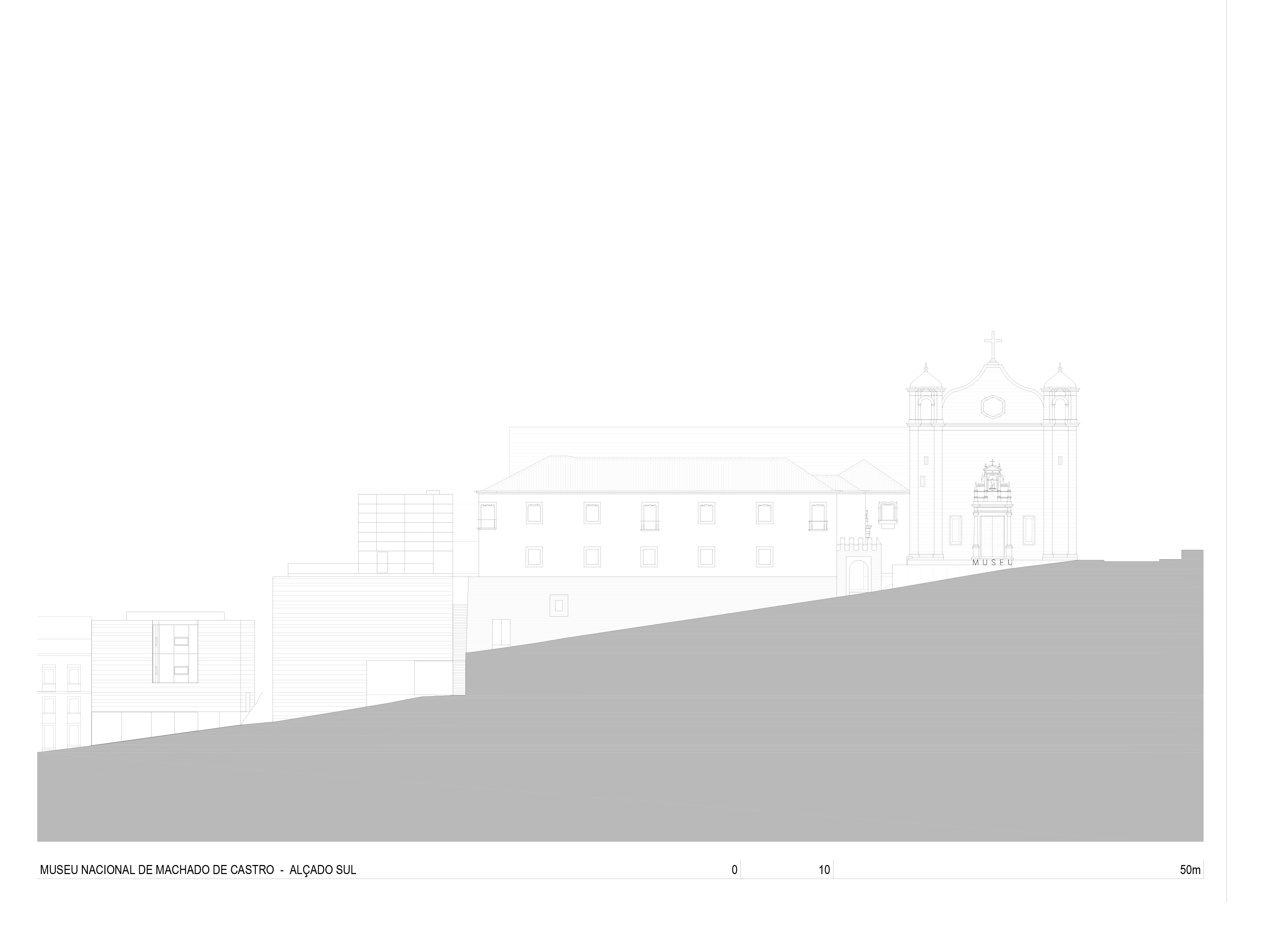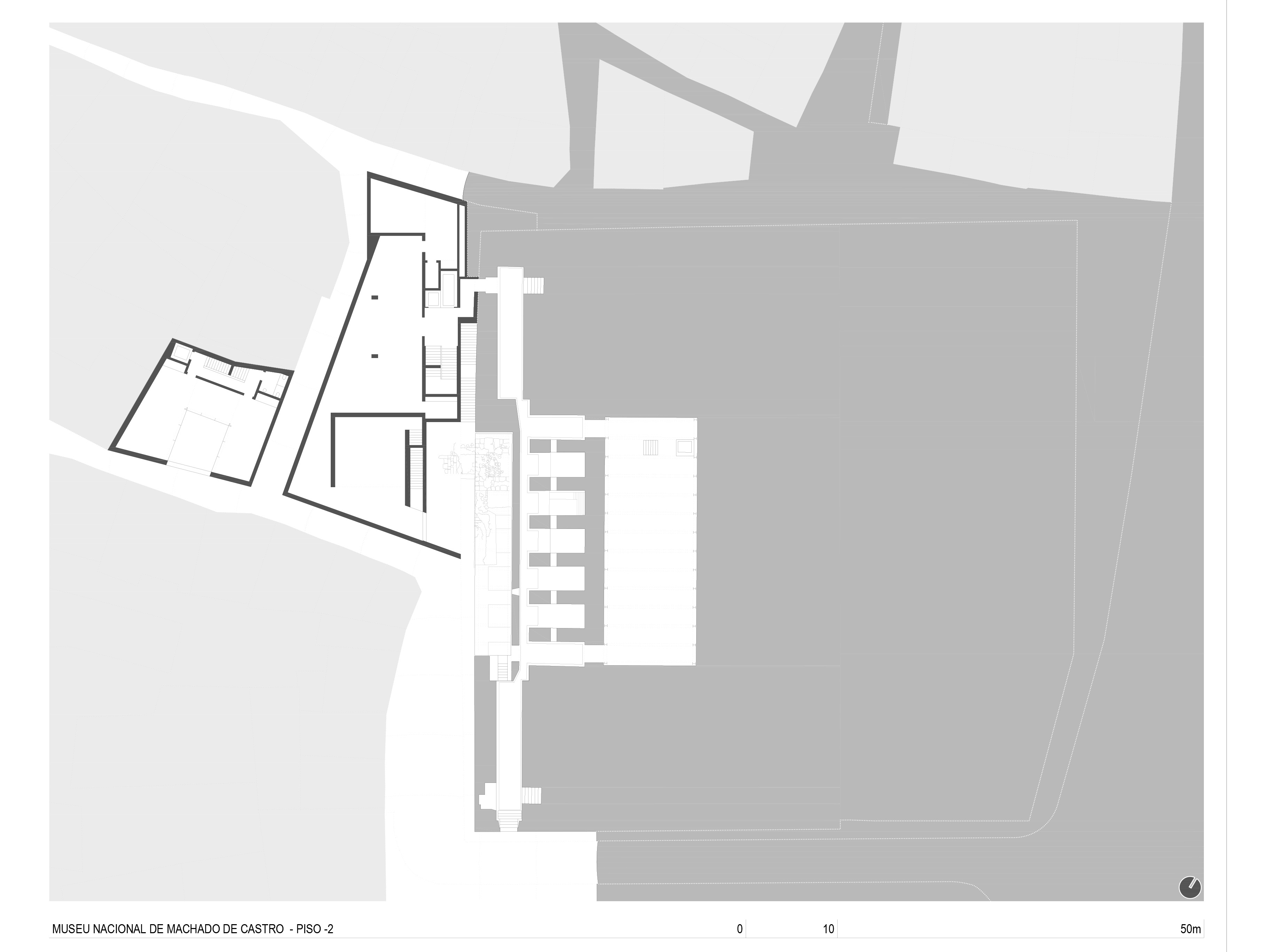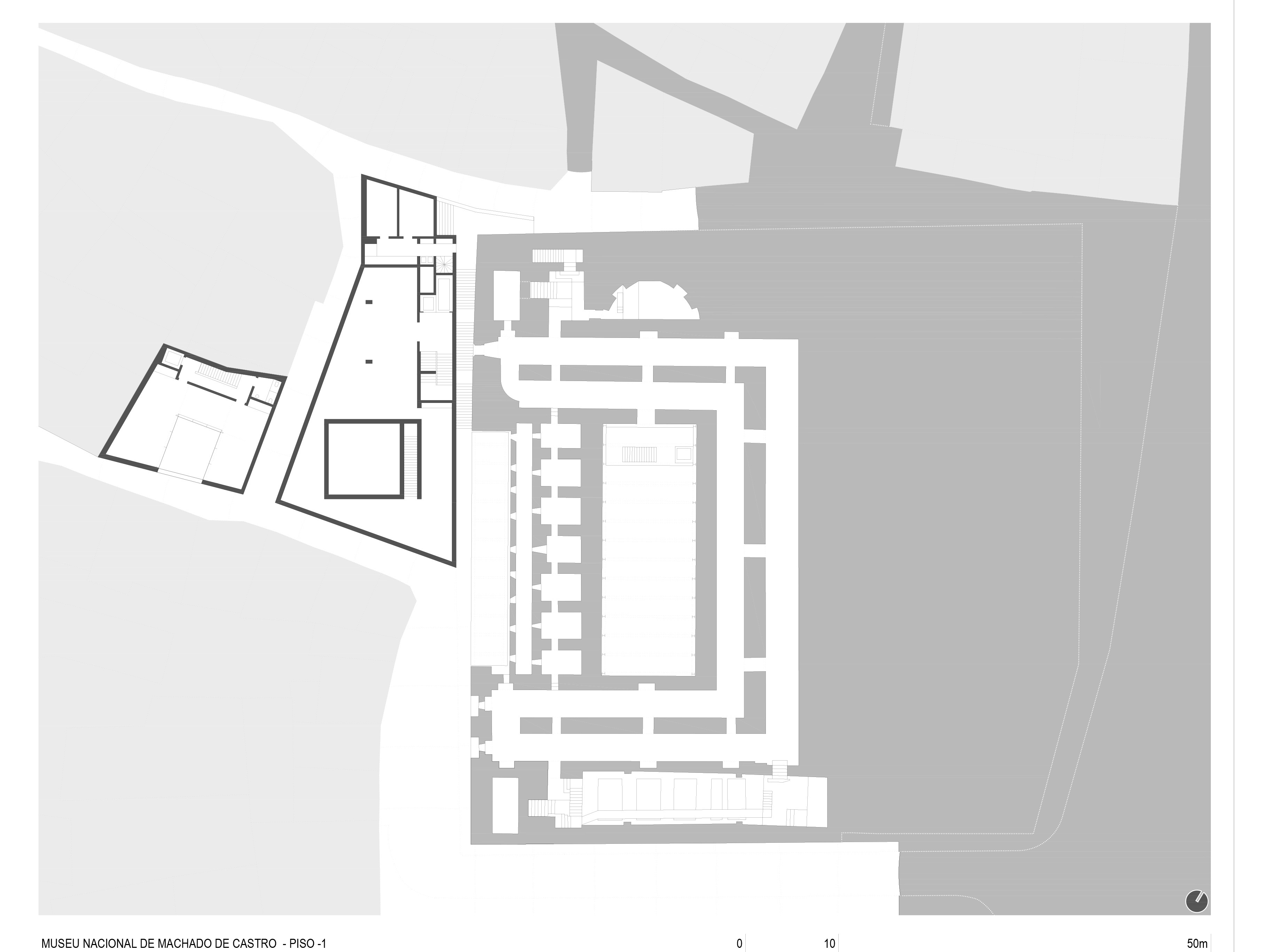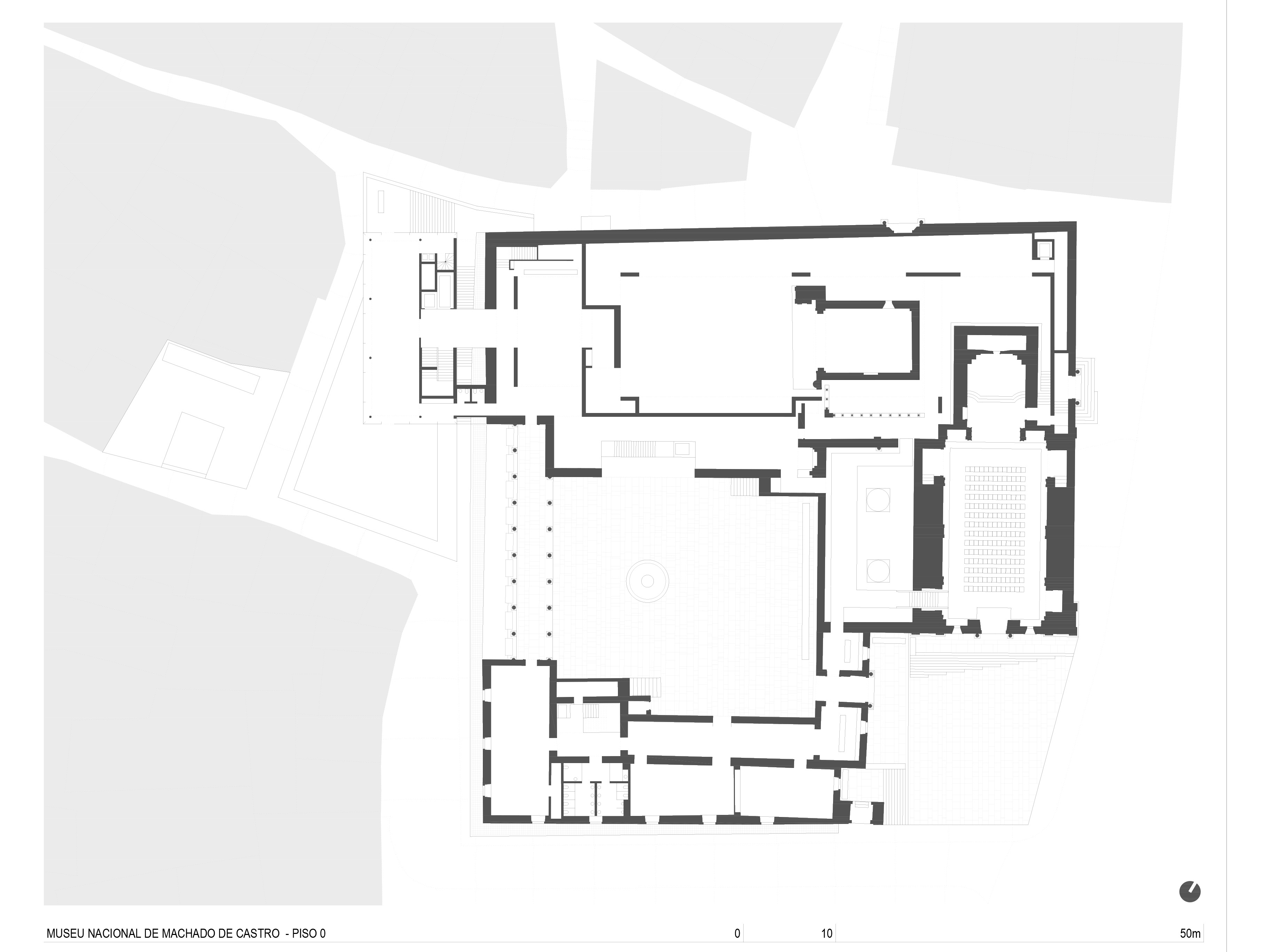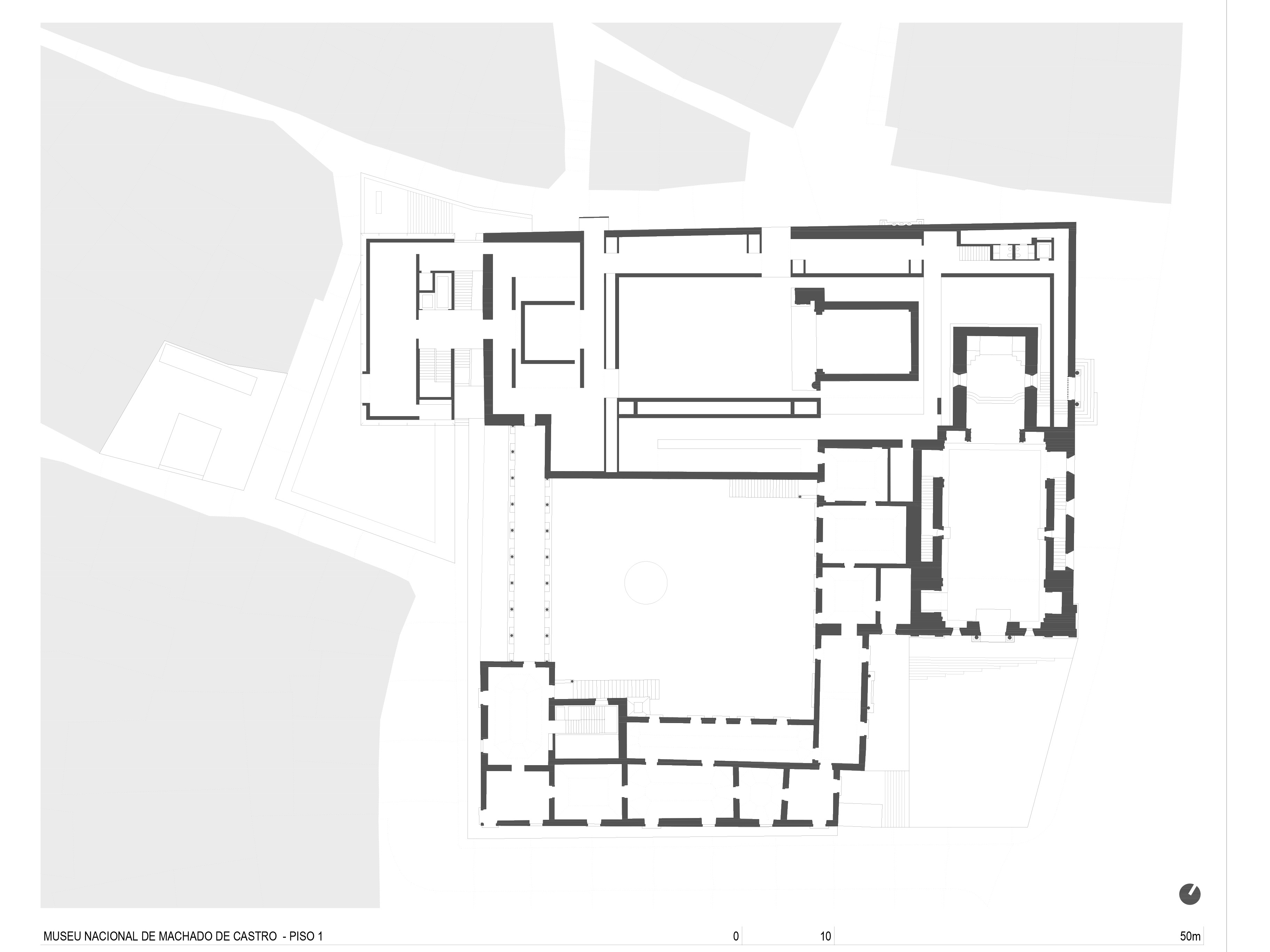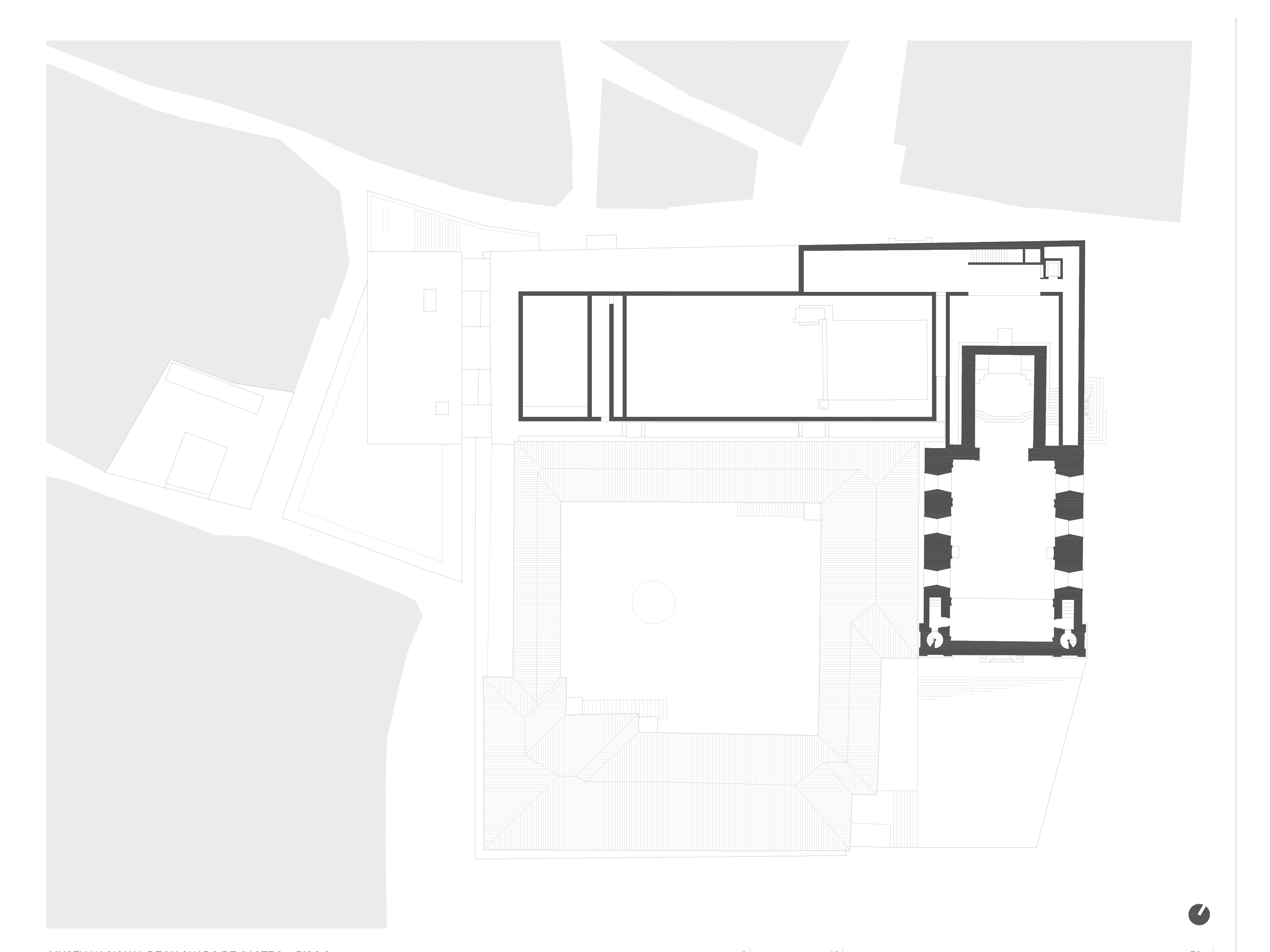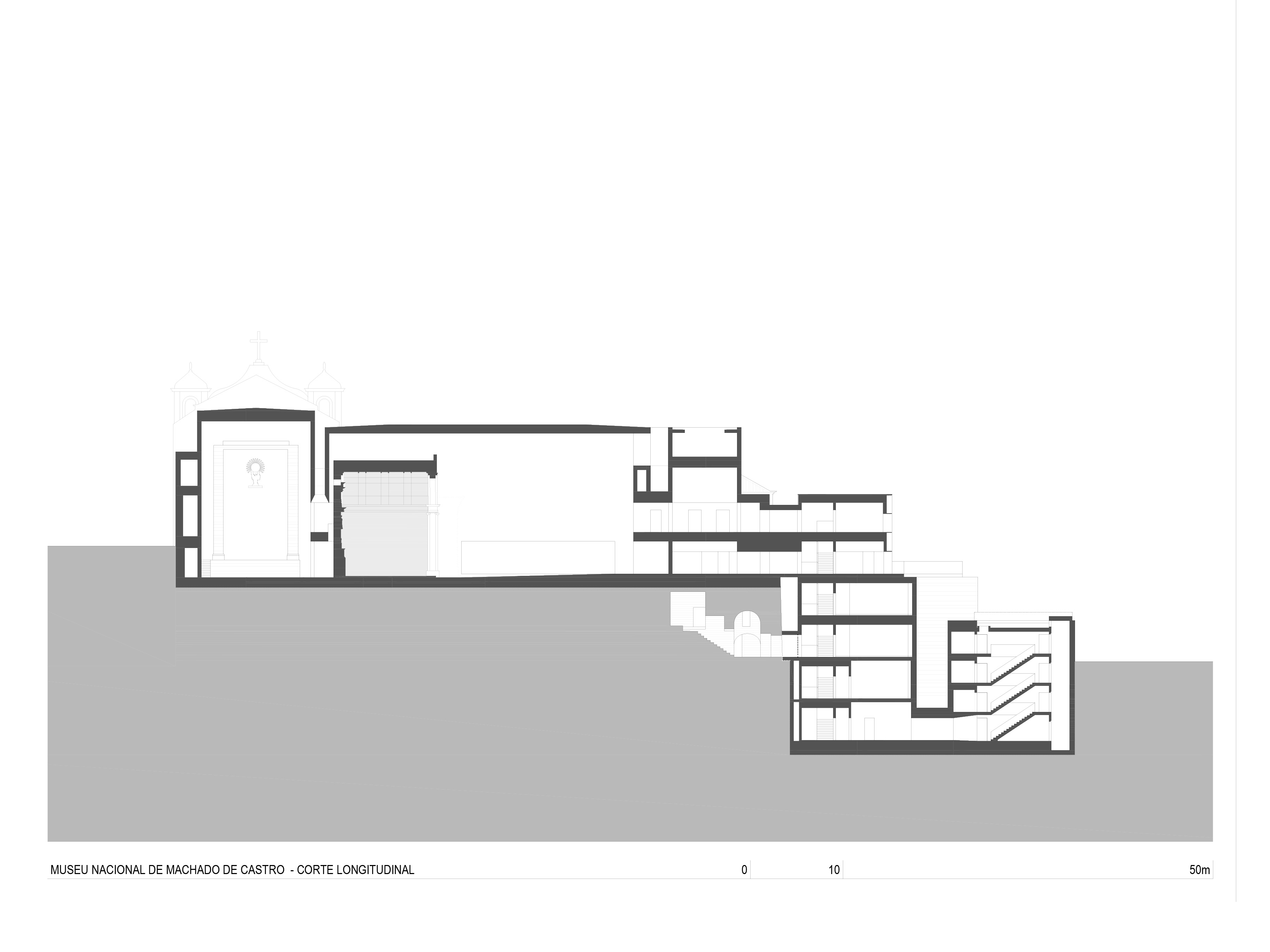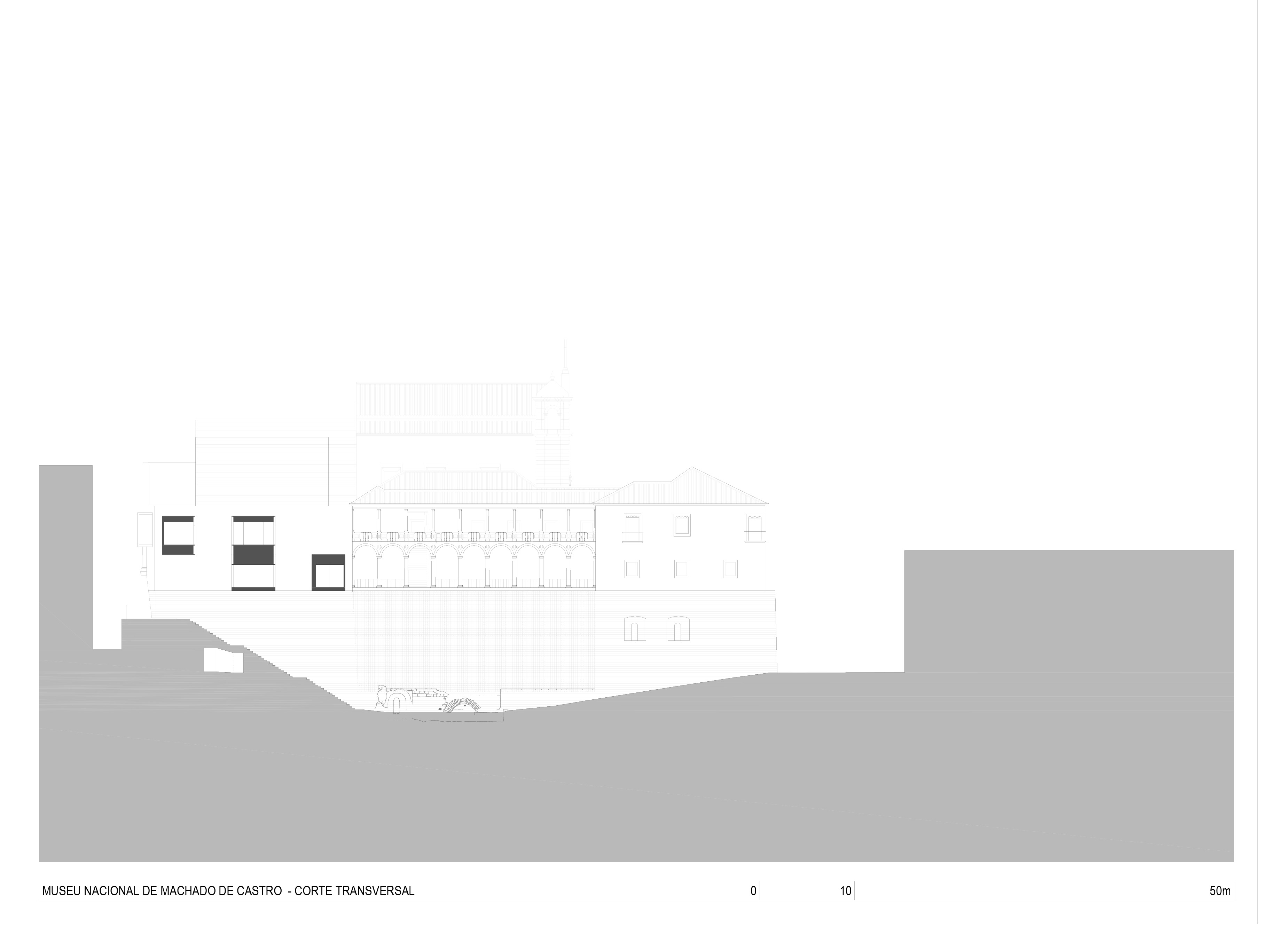12-14,
Machado de Castro National Museum
The very foundations of the Machado de Castro National Museum complex are testament to the passing of more than 2,000 years of history. Fascinating and impressive, the complex is an expression of the passage of time in the artifice that is space, forcing us to delve into its past, in an obsessive search for the seam of successive transformations leading back to its origins.
This almost palpable contact with the layers of time brings archaeology and architecture closer together, to the extent that they both become somewhat indistinct for each other. But it is, nevertheless, the concrete, the present reality that brings them closer. And what are the concrete structures that are erected today if not just one more layer bequeathed to us by time?
Over two millennia the site has accumulated many features, revealing not one but several buildings that were continuations of others or replaced them, resulting in processes of cross influences, destruction or fragmentation and generating remainders, hesitations, certainties, abuses and fascinating revelations of transcendence...
In the reading of time in all its layers, in the form of archaeological reports, the architectures that came and went, awakenings and slumbers, the constructed geography of the hill and its telluric realities were simultaneously the most stimulating and inhibiting aspects in the approach to the design. They awakened a fear of interfering in an established system of voids and emergences in which the Roman cryptoporticus of Aeminium plays a decisive germinal role.
